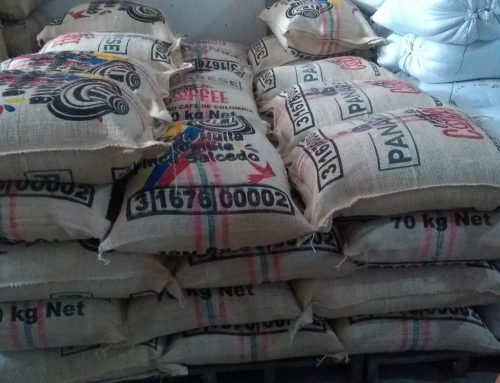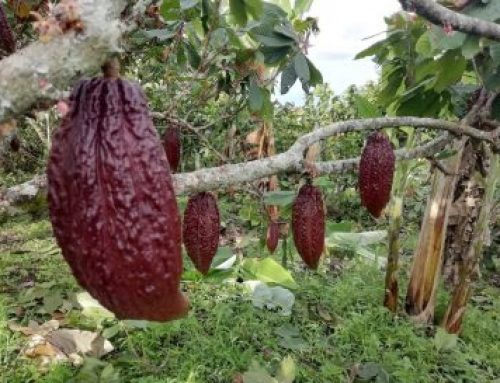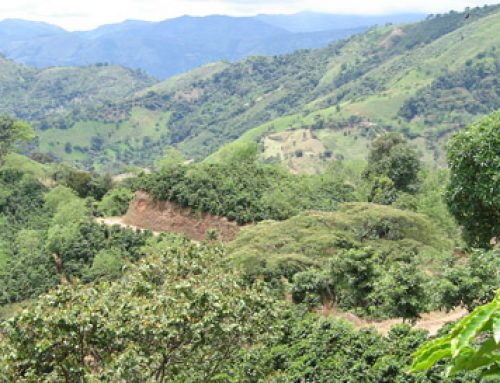In July 2021, the doors of our company literally opened wide in view of the tasting organized with tasters certified for the SCA. The event was prepared with the aim of disseminating and making the quality of our coffee grown with care, in full respect of the environment and of the certifications recognized by Panarese Group, now a beacon for the export of coffee from Colombia. worldwide. Let’s now see the details of this day.
Who is SCA?
SCA is the acronym for Specialty Coffee Association is a non-profit organization built on the basis of openness, inclusiveness and the power of shared knowledge. SCA’s purpose is to promote global coffee communities to support activities aimed at making coffee a more sustainable, fair and thriving business for the entire value chain. From coffee farmers to baristas and roasters, members span the world, encompassing every element of the coffee value chain.
SCA acts as a single entity within the specialty coffee industry and works to improve coffee by raising quality standards around the world through a collaborative and progressive approach by dedicating every daily action to building an industry that is fair. , sustainable and valued for all.
Main purpose of the SCA
SCA fosters a global coffee community and thus expands it globally through leadership in events, training and research.
The vision
Create an effective, authentic and dynamic organization to give voice and substance to the possibilities of specialty coffee around the world.
The objectives
- Making the specialty coffee industry more sustainable with an agenda focused on partnership, education, research and advocacy;
- Expand its global network and improve the experience of its stakeholders by working with local communities;
- Offer high-level service to members of the global specialty coffee community.
How the day went
The first part turned with a tour of the crops so as to be able to feel the consistency of our coffee beans, appreciate the right humidity level that allows the beans to ripen in the right way and walk in a land without any use of chemical substance. We then moved within our company in such a way as to be able to show all the stages of the production process up to the storage of the final products in the storage silos. Finally, we went to a point set up for the occasion on which the tasting took place: our coffee tasting laboratory
The coffee tasting
In the representation sent by the SCA there was a taster who performed the sensory analysis of the coffee. To carry out the coffee tasting, 4 samples were taken from the different regions
– Pidemonte llanero (1-Tamara / conventional);
– Tolima (1-Planadas / Organic, 2-Planadas / Conventional, 3-Planada / Conventional),
The first part of the tasting focused on the physical analysis of the coffee beans to determine 3 factors with extreme care and legend:
1) humidity;
2) any defects;
3) the percentage of performance.
Sensory analysis was then performed to identify the attributes of each sample.
Preparation of the sensory tasting of coffee
To evaluate the coffees as scrupulously as possible, we prepared a table with 6-9 samples for a tasting session. The total duration is approximately 45 minutes from when the water begins to be poured, until the completion of the procedures as per protocol. During this time, the taster must evaluate how the characteristics of the coffee evolve at three specific temperatures: hot just prepared, hot after 1 minute and room temperature.
- Material: 5 cups per sample (the volume of each must be 200-260 ml) spoons, glasses with water, glasses for cleaning spoons, glasses for spitting, napkins, codes with which we will have marked each of the samples and a stopwatch;
- Coffee: we will prepare with a medium-light roast (60-65 for Agtron or Probat 90-105 -Colorette);
- Water: temperature +/- 93, ppm-75-250 and ph-6.5.
Steps for preparing the tasting
Here is specifically how we approached the preparations for the tasting:
- weighed the coffee according to the volume of the cup – 5.5-6 (+/- 0.1) grams of coffee per 100 ml. of water;
- grind the coffee of each cup separately by carefully cleaning the grinder between one sample and another with the use of a small amount of the same coffee, the grinding point is medium-large (70% of the sample – 850mµ);
- set the table by placing a glass of warm water and a napkin next to each sample;
- provided a spitting glass and SCA scoring form to each taster.
At the end of the preparations we didn’t touch the cups anymore
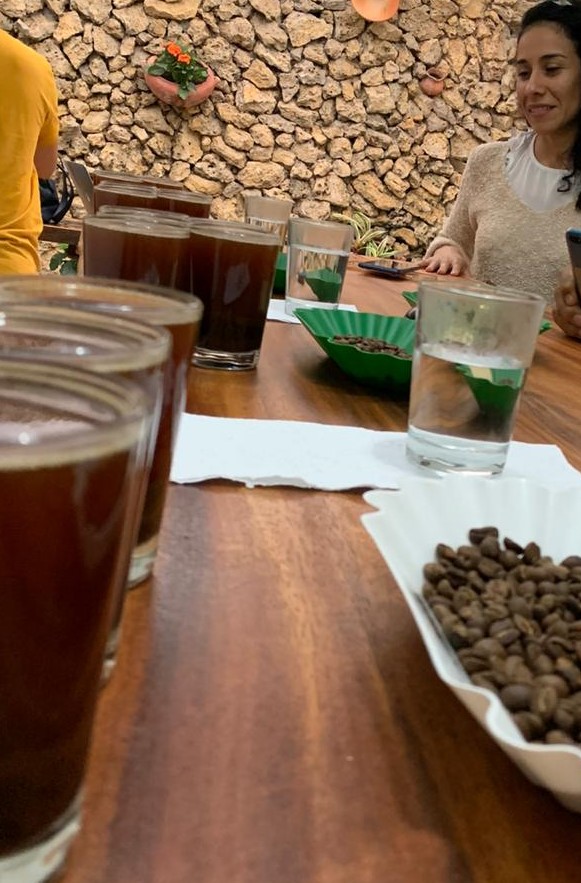
How is the assessment carried out?
- Aroma: Score on a scale of 0.25 with a maximum of 10 points.
- Flavor: Scale score of 0.25 with a maximum of 10 points.
- Aftertaste: Score on a 0.25 scale with a maximum of 10 points.
- Acidity: score on a scale of 0.25 with a maximum of 10 points.
- Body: Score on a scale of 0.25 with a maximum of 10 points.
- Balance: Score on a scale of 0.25 with a maximum of 10 points.
- Cleanliness: Score on a 2-point scale with a maximum of 10 points.
- Sweetness: Score on a 2-point scale with a maximum of 10 points.
- Uniformity: Scoring on a 2-point scale with a maximum of 10 points.
- General: Score on a scale of 0.25 with a maximum of 10 points.
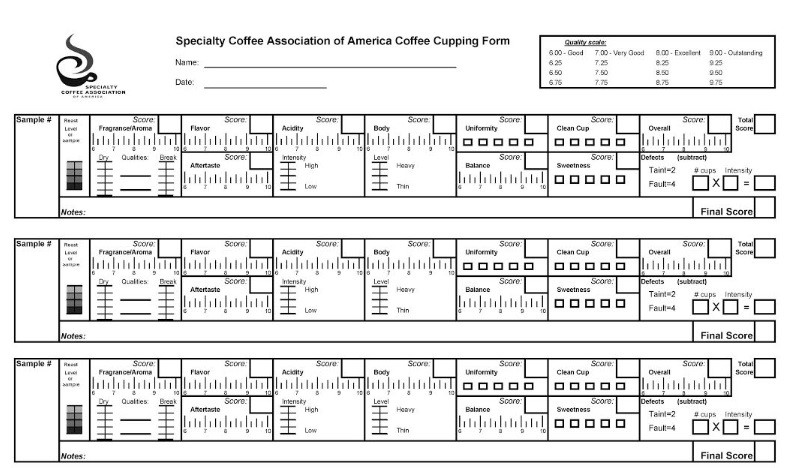
How are defects assessed?
Defect Intensity:
- 2 points correspond to a defective stain: you can name the defect that lowers the quality and cleanliness but allows you to evaluate the characteristics of the coffee;
- 4 points correspond to a serious defect – which seriously damages the quality and cleanliness of the cup, which also does not allow us to see or evaluate other characteristics of the coffee.
The intensity of the defect found is multiplied by the cups that contain it and the result is subtracted from the final score.
The last 5-10 minutes of the tasting were used to finish the protocol and determine the final scores.




